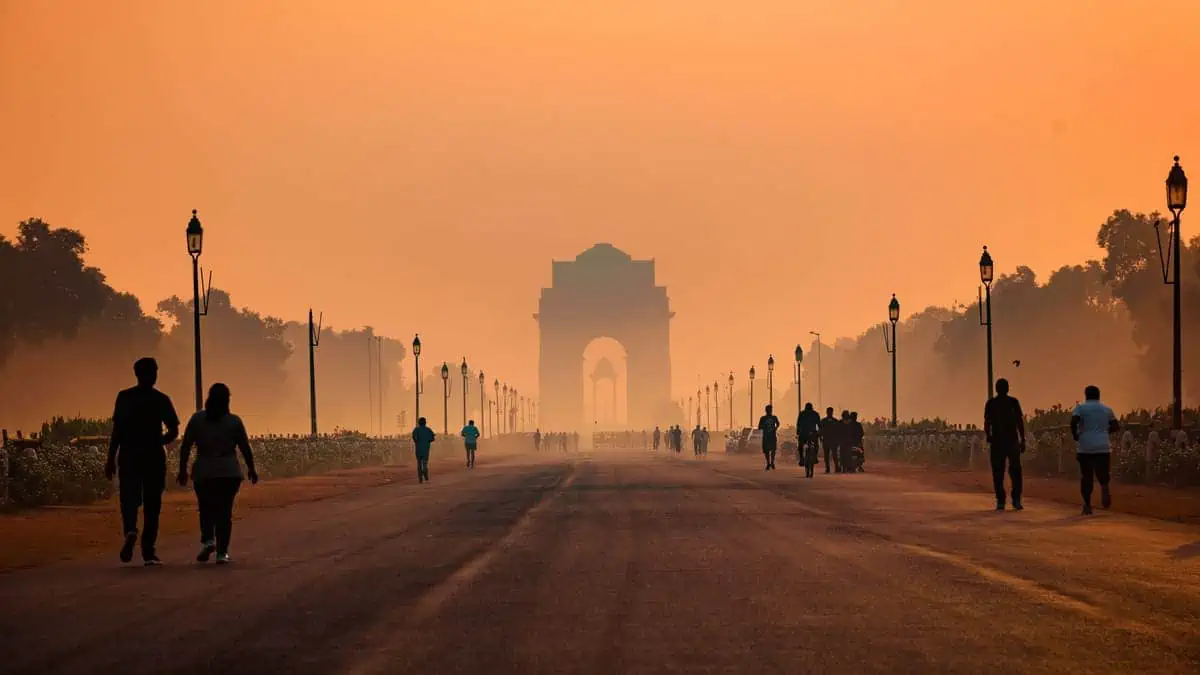India’s battery electric vehicle (BEV) sales surged year-on-year by more than twofold to 75,000 units in the first nine months of the year owing to the prevalence of affordable models, Bloomberg reports.
Cheap small cars’ dominance
BEV’s market share remains only at 2.4% in India. Nonetheless, it is interesting to note that 86% of e-car sales in the country cost below $20,000 so far in 2023.
According to RT, most of the cheap EV models were launched in the country just this year. For instance, the recently launched MG Comet mini e-car only costs below $10,000.
The popular Tata Tiago compact car sells at approximately $10,500, enabling it to take a 39% share in India’s overall EV shipment volume.
The report further asserted that sub-$15,000 EVs accounted for 69% of all car sales in India in 2022, while sub-$10,000 models contributed 27%.
These sales results are unsurprising, as affordable EV models enable automakers to attract more private customers.
Presented below are the passenger vehicle sales in India last year by price:
| Price | Sales |
| <$10,000 | 978.8K |
| $10-20,000 | 1.9M |
| $20-30,000 | 641.0K |
| >$30,000 | 95.5K |
Investments
The growing adoption of electric vehicles in India significantly urged car companies to establish domestic production there, including local brands like Tata Motors and Mahindra & Mahindra, along with Korean legacy automakers Hyundai and Kia.
Vietnamese electric automaker VinFast previously stated that it aims to build an EV production plant in the country by 2026.
Tesla also recently hinted at plans to invest in India following CEO Elon Musk’s meeting with Prime Minister Narendra Modi in the US without providing more specific details.
BloombergNEF‘s data revealed that electric automakers’ announced investment in an Indian factory development or expansion already reached almost $5.4 billion.
In addition, many companies have also announced plans to build battery factories in the country with a combined production output of 12.6 GWh. Some of these include Tata Group, Amara Raja, Exide Industries, and Ola Electric.
Challenges
Despite these investments, India’s shift to e-mobility remains complex due to various barriers in its EV value chain.
For instance, the country still lags behind in terms of deploying sufficient and reliable charging infrastructures.
According to the report, the majority of public charging stations are in major cities like Delhi, Mumbai, and Bengaluru. Alarmingly, most units can only accommodate two and three-wheeler EVs.
All that said, India must exert more effort to improve its overall electric vehicle ecosystem. According to Insider Intelligence, the Indian Government and the World Bank aim to offer incentives for new EV buyers as they seek to decarbonize the transportation sector.






